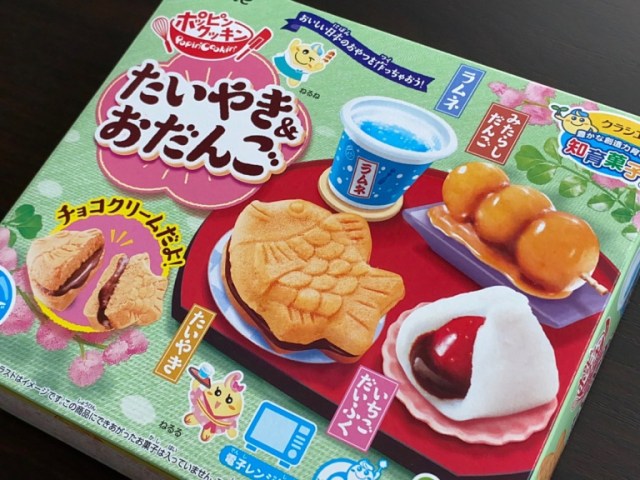
We made an entire Japanese sweets spread on our own with just one kit!
It’s fall, which means it’s the season for eating delicious, warm anko (red bean paste) and mochi treats. And what better way to enjoy them than to make them at home yourself and eat them fresh?
With Popin Cooking’s Taiyaki and Odango kit, you can make your own Japanese wagashi sweets at home without any specialized equipment. The 300-yen (US$2.85) kit comes with everything you need to make four delicious Japanese treats: chocolate cream taiyaki, strawberry daifuku (a strawberry wrapped in anko and mochi), mitarashi dango (mochi balls on a stick covered in salty-sweet sauce), and, of course, ramune.
Here’s everything that came in the box. All of the food starts off in powder form, which is not entirely unexpected, but still mysterious, since all you have to do is add water to everything to make the sweets. How does one make all four of those different things from powders?
We did find it nice that they actually included just about everything we needed but the microwave oven. The kit even came with a toothpick and a 2-mililiter (0.4 teaspoon) plastic measuring spoon!
Without much delay, we began our cooking experiment. We started with the strawberry daifuku. Both parts simply required us to mix their respective powders with water, including the “strawberry”.
What was surprising was that the two powders reacted completely differently when mixed with water. One powder turned into a smooth liquid, while the other turned out to have the elasticity of rubber. The power of science is amazing!
After mixing the powder with water, the next step was to knead the mochi substance with our hands thirty times. Time to get down and dirty.
Well, not that dirty, we guess.
After that we separated it into four parts–one for the daifuku, and three for the dango. It did look surprisingly mochi-like, despite being made of a mysterious powder and water.
Next we made the taiyaki! It’s not really a traditional taiyaki cake batter, since it’s usually made with eggs and milk, not just water.
After a short spurt in the microwave, though, they came out of the mold looking pretty good!
They smelled very sweet and were much softer and fluffier that typical taiyaki, more like chiffon cake, but they looked pretty tasty either way! Once they were cool, we added the chocolate cream, which looked a bit like anko red bean paste, to the reverse side of one and sandwiched them together.
Then we returned to the daifuku. On the mochi-like substance, we placed a dollop of anko-like chocolate topping, on top of which we placed a strawberry-like jelly…
And then rolled it up, and voila! Daifuku.
The next step was to skewer the dango, using the toothpick…that we had just used to scoop up the strawberry-like creation. It was pretty sticky from that…but oh well. We were the only ones eating this anyway.
The sauce for the mitarashi dango was next, and it looked surprisingly real. While the anko came out a little dark, this sauce–which was also made with powder and water–had the right level of translucence and shine, and the right color.
Lastly, after pouring the mitarashi sauce over the dango, it was time to make the ramune. This, too, of course, was produced from a powder and–you guessed it–water. But it was kind of exciting because once the powder hit the water, it instantly became fizzy.
Finished! We used the provided cardboard tray to arrange everything, since it had each sweet’s place printed on it. It looked pretty good, actually!
Aside from having to knead the mochi with our hands, it was really easy to make this wagashi spread! I know, I know…it’s been said a hundred times already but…it’s really as simple as mixing the powder with water.
But of course the most important thing is whether or not it tastes good, so we had to take a bite out of each one!
The ramune tasted…kind of synthetic. It’s probably the same powder ramune you can buy at the candy shop, the one where you just have to add water to make it into a drink. It’s not bad, but bottled liquid ramune is much better.
The mitarashi dango were surprisingly authentic! The sauce had a the prefect salty-sweet soy sauce flavor that it should have. It’s really impressive that you could make this so easily and from such simple ingredients. They should send this to the astronauts in space!
The strawberry daifuku and taiyaki were pretty heavy on the chocolate flavoring. We were honestly more impressed by the fact that the jelly-like strawberry and the sticky mochi were made the same way but had completely different textures and constitutions.
Overall, we had a great time with Popin Cooking’s “Taiyaki and Odango” kit! It was simple and easy to follow, and everything tasted pretty good, so it has earned the SoraNews24 stamp of approval. You can get it on Amazon (where it’s offered in a five-kit bundle here), or probably any department store, so if you’re interested in trying it out, go for it!
They also have a bunch of other varieties, like fast food, takoyaki, festival food and donuts. Why not try them all and see which ones you like best? And if Japanese food is more what you’re into, then check out these other DIY kits we’ve found for making your own tofu, sake, spicy cod roe, and Japanese pickles.
Images © SoraNews24
● Want to hear about SoraNews24’s latest articles as soon as they’re published? Follow us on Facebook and Twitter!
[ Read in Japanese ]

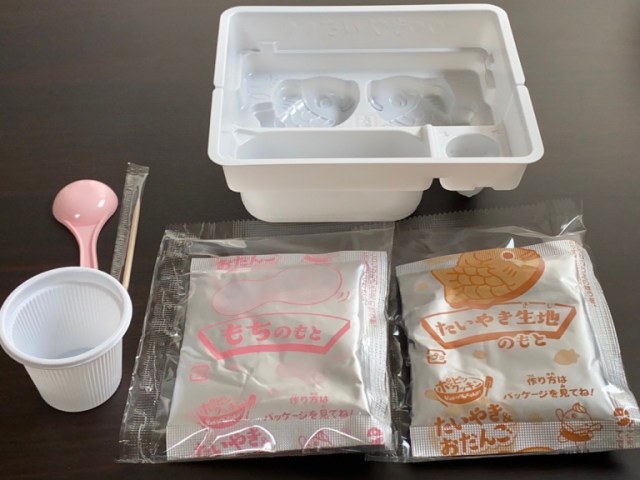

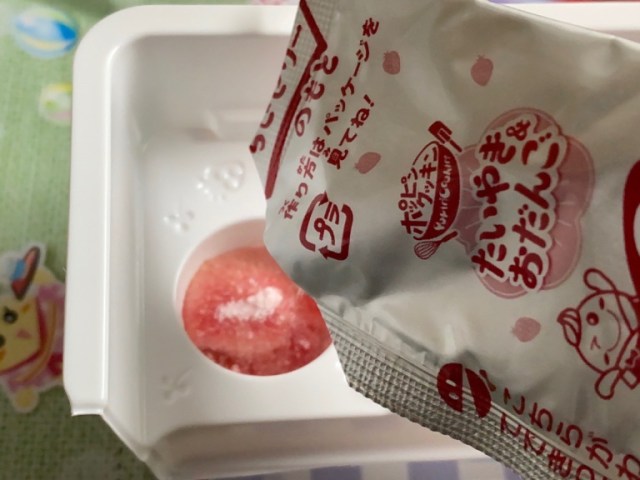
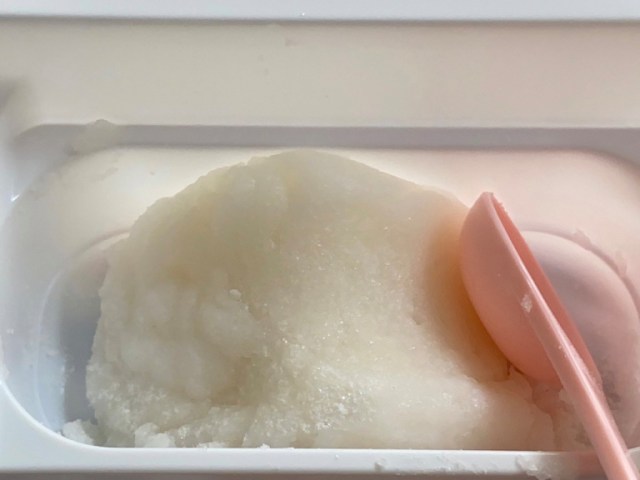
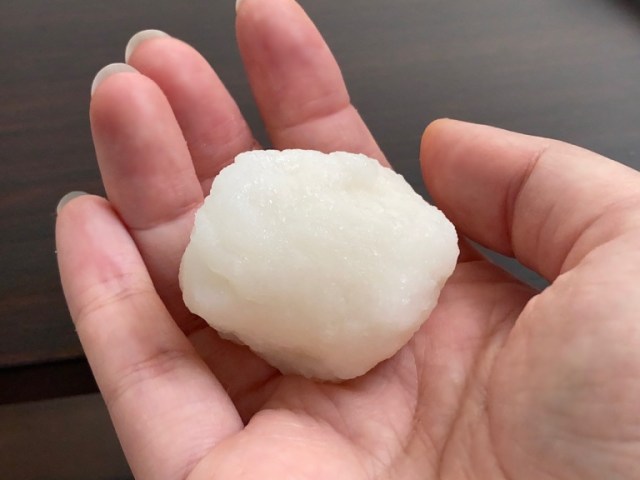
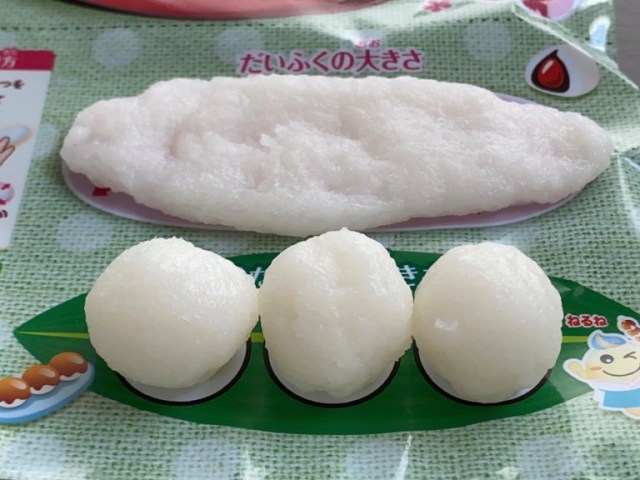
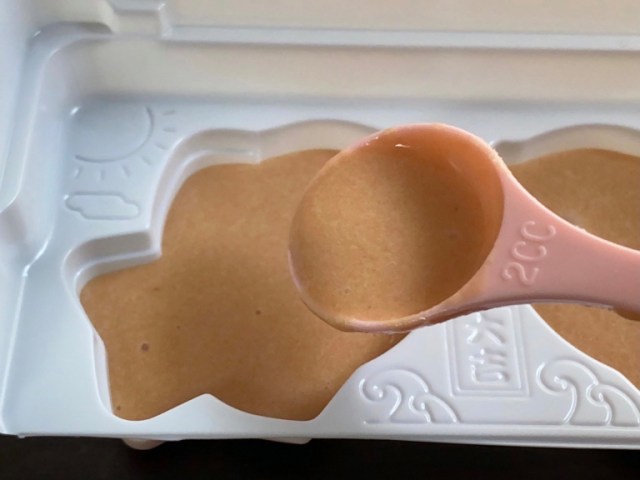
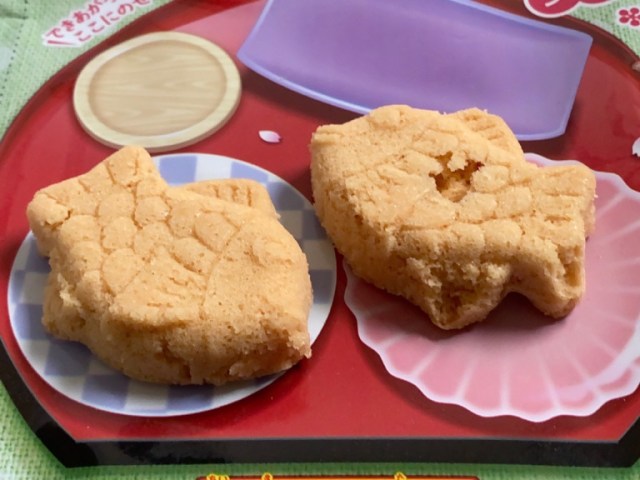
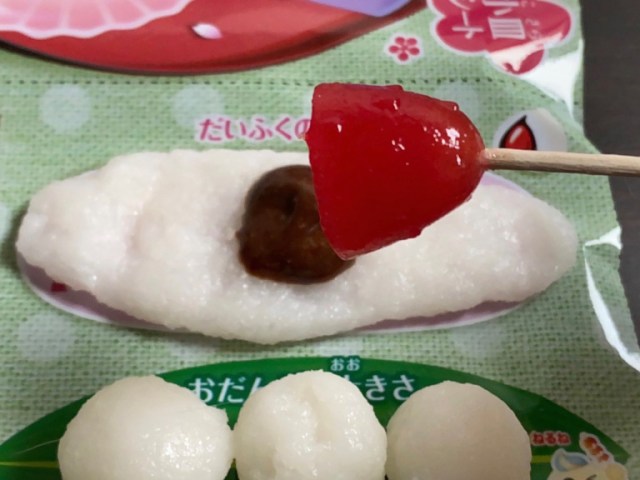
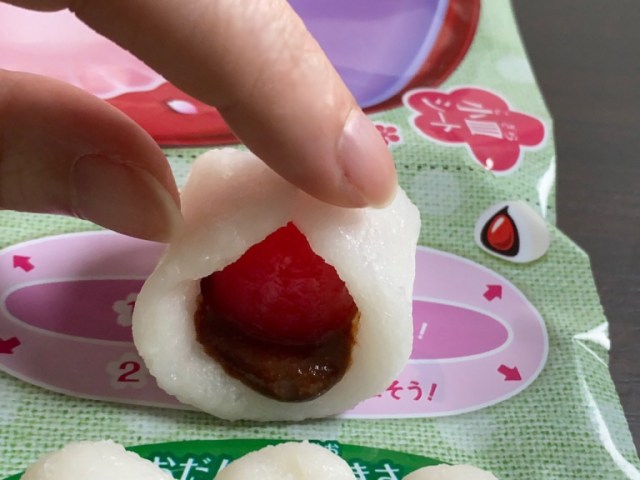
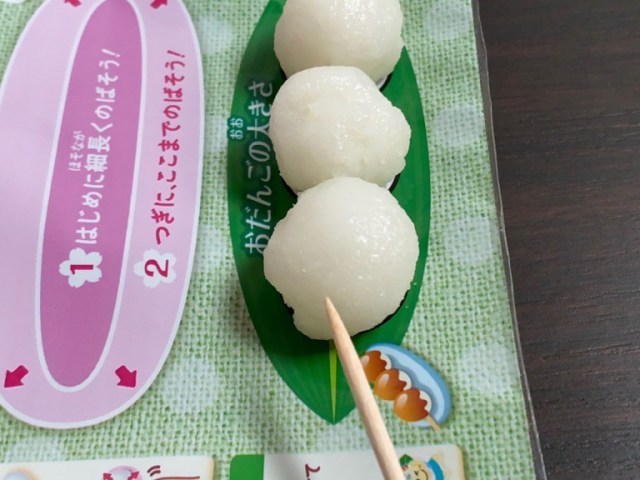
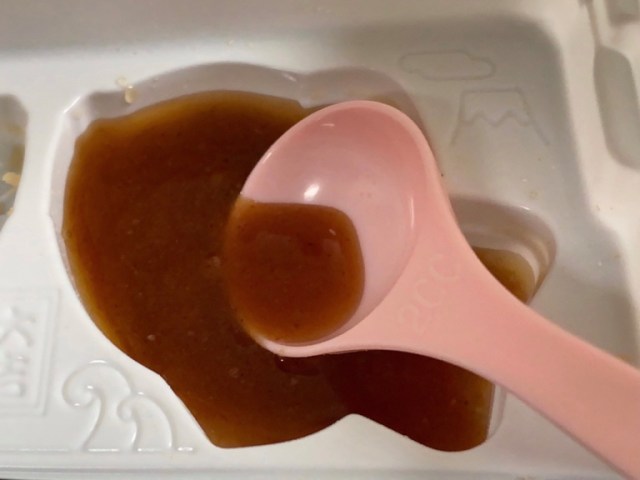
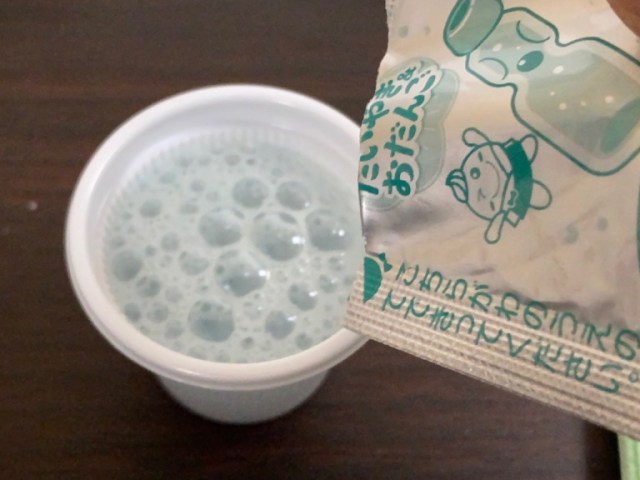
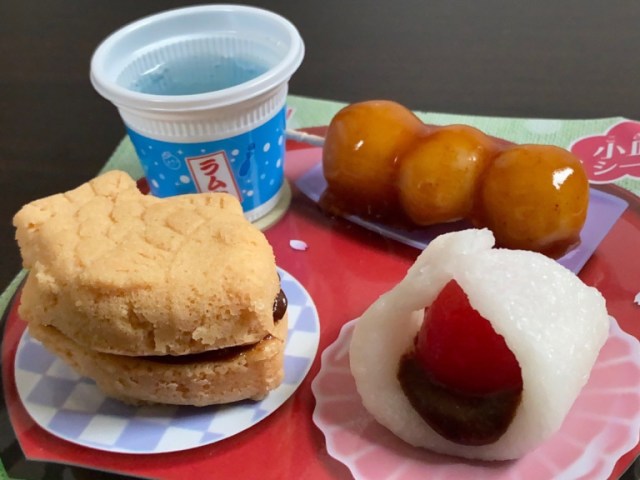
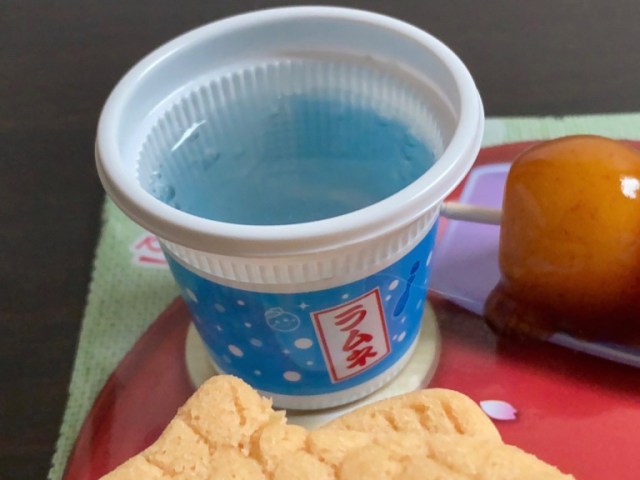
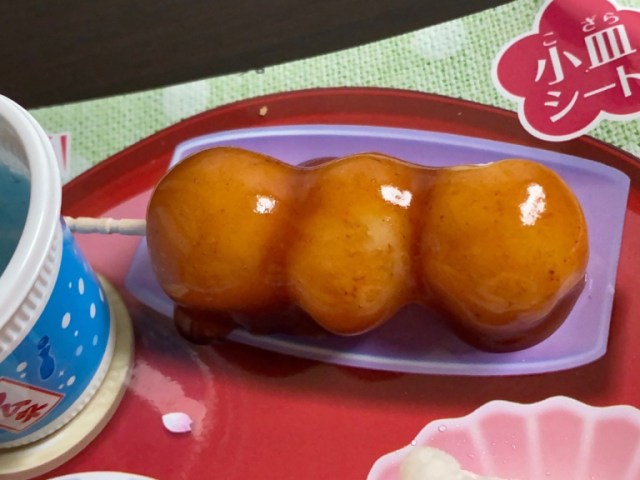
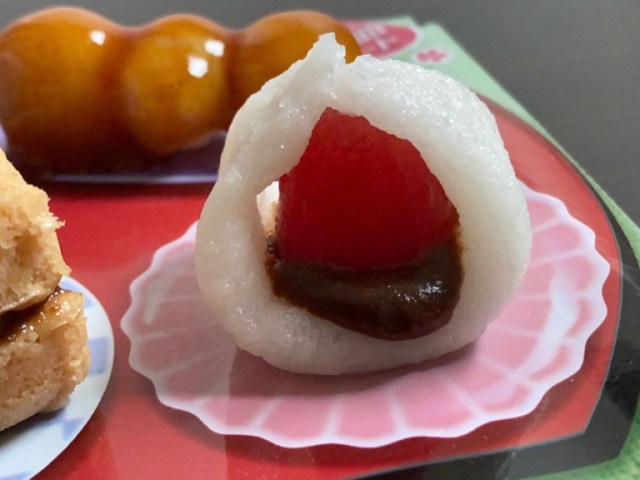
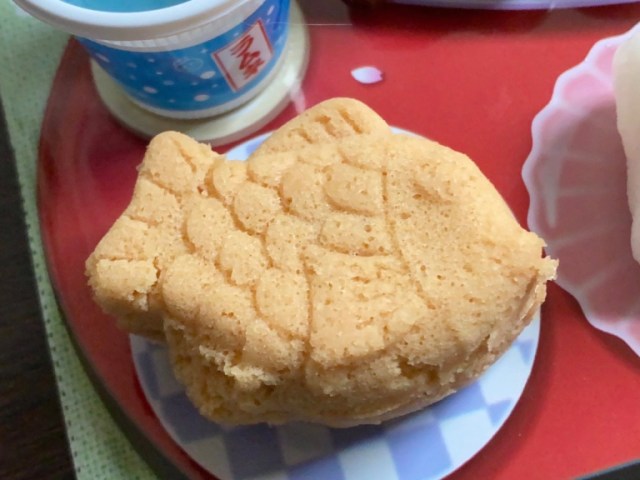
 We make one of Japan’s best breakfast treats: Himeji almond toast【SoraKitchen】
We make one of Japan’s best breakfast treats: Himeji almond toast【SoraKitchen】 Häagen-Dazs’ awesome mochi ice creams with black sugar syrup and sweet miso glaze are coming back
Häagen-Dazs’ awesome mochi ice creams with black sugar syrup and sweet miso glaze are coming back This pork-wrapped Japanese dessert recipe is outside the box and out of this world【Recipe】
This pork-wrapped Japanese dessert recipe is outside the box and out of this world【Recipe】 Häagen-Dazs Japan’s delicious mochi ice cream makes a comeback this fall
Häagen-Dazs Japan’s delicious mochi ice cream makes a comeback this fall Baymax mitarashi dango: The best rice dumplings you can buy or Disney-themed choking hazard?
Baymax mitarashi dango: The best rice dumplings you can buy or Disney-themed choking hazard? Hello, cosmetics! Clinique teams up with Hello Kitty this summer for first-time collaboration
Hello, cosmetics! Clinique teams up with Hello Kitty this summer for first-time collaboration Demon Slayer: Kimetsu no Yaiba gets new roller coaster attractions and food at Universal Studios Japan
Demon Slayer: Kimetsu no Yaiba gets new roller coaster attractions and food at Universal Studios Japan How to order snacks on a Shinkansen bullet train in Japan
How to order snacks on a Shinkansen bullet train in Japan High-fashion Totoro cuddle purse is like an elegant stroll in the forest【Photos】
High-fashion Totoro cuddle purse is like an elegant stroll in the forest【Photos】 Japan’s new difficult-to-drink-from beer glass protects your liver, but it’s a brutal experience
Japan’s new difficult-to-drink-from beer glass protects your liver, but it’s a brutal experience Kyoto Tower mascot termination reveals dark side behind cute Japanese characters
Kyoto Tower mascot termination reveals dark side behind cute Japanese characters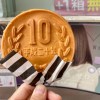 Edible 10-yen coins become a hot new trend in Tokyo【Taste test】
Edible 10-yen coins become a hot new trend in Tokyo【Taste test】 Tsukiji Fish Market Vendor Releases Tuna For Home Assembly
Tsukiji Fish Market Vendor Releases Tuna For Home Assembly A visit to the best UFO catcher arcade in the universe!
A visit to the best UFO catcher arcade in the universe! New samurai glasses are Japan’s latest weird must-have souvenir
New samurai glasses are Japan’s latest weird must-have souvenir Nintendo history you can feel – Super NES, N64, and GameCube controllers become capsule toys
Nintendo history you can feel – Super NES, N64, and GameCube controllers become capsule toys “The most Delicious Cup Noodle in history” – Japan’s French Cup Noodle wins our heart【Taste test】
“The most Delicious Cup Noodle in history” – Japan’s French Cup Noodle wins our heart【Taste test】 Starbucks releases a cute Frappuccino and Unicorn Cake…but not in Japan
Starbucks releases a cute Frappuccino and Unicorn Cake…but not in Japan McDonald’s Japan’s Soft Twist Tower: A phantom ice cream only sold at select branches
McDonald’s Japan’s Soft Twist Tower: A phantom ice cream only sold at select branches Yabai Ramen: What makes this Japanese ramen so dangerous?
Yabai Ramen: What makes this Japanese ramen so dangerous? Finally! Nintendo Japan expands Switch 8-bit controller sales to everybody, Online member or not
Finally! Nintendo Japan expands Switch 8-bit controller sales to everybody, Online member or not Japanese government wants to build luxury resorts in all national parks for foreign tourists
Japanese government wants to build luxury resorts in all national parks for foreign tourists To combat declining birth rate, Japan to begin offering “Breeding Visas” to foreigners
To combat declining birth rate, Japan to begin offering “Breeding Visas” to foreigners 10 things you should buy at 7-Eleven in Japan
10 things you should buy at 7-Eleven in Japan Studio Ghibli releases anime heroine cosplay dresses that are super comfy to wear
Studio Ghibli releases anime heroine cosplay dresses that are super comfy to wear Woman charged for driving suitcase without a license in Osaka
Woman charged for driving suitcase without a license in Osaka Studio Ghibli unveils My Neighbour Totoro miniature house model
Studio Ghibli unveils My Neighbour Totoro miniature house model Kyoto experiencing problems with foreign tourists not paying for bus fares, but not on purpose
Kyoto experiencing problems with foreign tourists not paying for bus fares, but not on purpose Fighting mild hunger with a Japanese soda that turns into jelly in the stomach【Taste test】
Fighting mild hunger with a Japanese soda that turns into jelly in the stomach【Taste test】 Studio Ghibli’s Howl’s Moving Castle tapestry unveiled in Japan for first time
Studio Ghibli’s Howl’s Moving Castle tapestry unveiled in Japan for first time McDonald’s new Happy Meals offer up cute and practical Sanrio lifestyle goods
McDonald’s new Happy Meals offer up cute and practical Sanrio lifestyle goods Sales of Japan’s most convenient train ticket/shopping payment cards suspended indefinitely
Sales of Japan’s most convenient train ticket/shopping payment cards suspended indefinitely Sold-out Studio Ghibli desktop humidifiers are back so Totoro can help you through the dry season
Sold-out Studio Ghibli desktop humidifiers are back so Totoro can help you through the dry season Japanese government to make first change to romanization spelling rules since the 1950s
Japanese government to make first change to romanization spelling rules since the 1950s Foreigner’s request for help in Tokyo makes us sad for the state of society
Foreigner’s request for help in Tokyo makes us sad for the state of society Ghibli founders Toshio Suzuki and Hayao Miyazaki contribute to Japanese whisky Totoro label design
Ghibli founders Toshio Suzuki and Hayao Miyazaki contribute to Japanese whisky Totoro label design Doraemon found buried at sea as scene from 1993 anime becomes real life【Photos】
Doraemon found buried at sea as scene from 1993 anime becomes real life【Photos】 Tokyo’s most famous Starbucks is closed
Tokyo’s most famous Starbucks is closed Princesses, fruits, and blacksmiths: Study reveals the 30 most unusual family names in Japan
Princesses, fruits, and blacksmiths: Study reveals the 30 most unusual family names in Japan Häagen-Dazs Japan comes out with sticky-sweet new line of ice cream containing … mochi!
Häagen-Dazs Japan comes out with sticky-sweet new line of ice cream containing … mochi! Is the new Aerosmith traditional Japanese sweets worth eating, or should you miss this thing?
Is the new Aerosmith traditional Japanese sweets worth eating, or should you miss this thing? Starbucks Japan’s newest treats: the Purple Halloween Frappuccino and a gruesome-looking dessert
Starbucks Japan’s newest treats: the Purple Halloween Frappuccino and a gruesome-looking dessert New Mochi Cream Doughnuts from Mister Donut pay homage to Japanese confectionery
New Mochi Cream Doughnuts from Mister Donut pay homage to Japanese confectionery How many do you know? 12 delicious foods in Japanese supermarkets and convenience stores
How many do you know? 12 delicious foods in Japanese supermarkets and convenience stores Taste-testing every single sakura sweet and cherry blossom drink we could find at Mujirushi
Taste-testing every single sakura sweet and cherry blossom drink we could find at Mujirushi Is this spicy Japanese condiment the secret to making desserts more delicious?【Taste test】
Is this spicy Japanese condiment the secret to making desserts more delicious?【Taste test】 Michelin-approved Japanese chef teaches us two gourmet-standard dishes using ice cream and toast
Michelin-approved Japanese chef teaches us two gourmet-standard dishes using ice cream and toast Japanese sweets lovers soon to be in their blue heaven with beautiful aqua-color Ramune dorayaki
Japanese sweets lovers soon to be in their blue heaven with beautiful aqua-color Ramune dorayaki Insanely detailed 900-plus-piece Japanese model kit is…a 1:1-scale sesame dumpling【Photos】
Insanely detailed 900-plus-piece Japanese model kit is…a 1:1-scale sesame dumpling【Photos】 Overly honest taiyaki restaurant flooded with customers after admitting to reducing sweet beans
Overly honest taiyaki restaurant flooded with customers after admitting to reducing sweet beans Starbucks Japan’s new Wimbledon Frappuccino is twice as nice with this secret customisation hack
Starbucks Japan’s new Wimbledon Frappuccino is twice as nice with this secret customisation hack Pretend you’re Sony or Nintendo as you devour Sega with Tokyo’s new Sega Logo-yaki sweet
Pretend you’re Sony or Nintendo as you devour Sega with Tokyo’s new Sega Logo-yaki sweet You can now eat this anime girl who’s an anthropomorphized dessert in real-life Tokyo
You can now eat this anime girl who’s an anthropomorphized dessert in real-life Tokyo The Deep Matcha Matcha of Matcha-Cha, an awesome green tea sweets cafe in an unexpected place
The Deep Matcha Matcha of Matcha-Cha, an awesome green tea sweets cafe in an unexpected place Tokyo pub lets you grill traditional Japanese dessert right at your table in all-you-can-eat deal
Tokyo pub lets you grill traditional Japanese dessert right at your table in all-you-can-eat deal
Leave a Reply